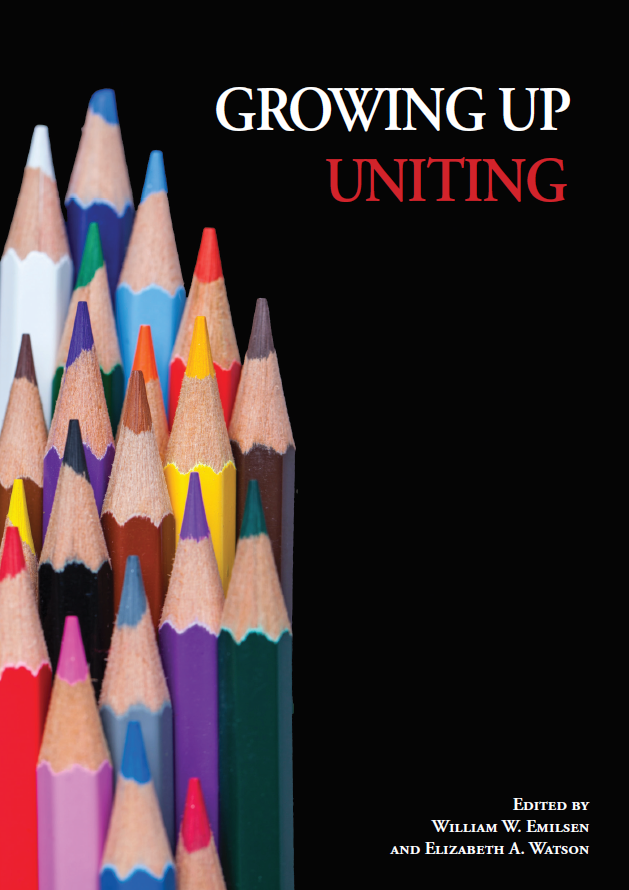Edited by William W Emilsen and Elizabeth A Watson, MediaCom Education Inc, 2021
If you were asked, ‘What are the distinctive characteristics of the Uniting Church?’ How would you respond?
Twenty young people aged from late teens to mid-40s from around Australia were invited to talk about their experiences growing up in the Uniting Church. These are their stories.
They represent the first two generations who were born into and grew up in the Uniting Church. As a guide, they were provided with some non-obligatory suggestions relating to their experience of church, such as the distinctive characteristics of the Uniting Church, its future, factors that have kept them in the Uniting Church and those that would tempt them to walk away from it. The writers incorporated these in quite different ways. Their stories are a joy to read.
Their experiences have been varied, positive and negative, but throughout their stories are many common markers.
Multiculturalism in the Uniting Church, its covenanting with First Nations people and the courage of the church to speak out publicly on contemporary social and political issues were acknowledged. Detailed comments on mentoring of young people stands out as most important, but declining levels of commitment and support for young people’s ministry is seen as a concern.
Women in leadership was identified as especially important in role modelling for young girls giving them freedom to see themselves in leadership roles. Some questioned if we have failed to live up to the original ecumenical vision of the Basis of Union. Is there a tendency to replace conciliar and consensus models of decision making with secular corporate and managerial ones? Do we still have preferences for the certainties of the old ways, rather than risk the new?
As with most mainline churches in Australia, the Uniting Church has seen a decline in numbers over the past 40 years, but the overwhelming and not uncritical conviction from these writers is that God still has a future for the Uniting Church. One wrote, “I believe the best years of the Uniting Church are in front of us, not behind.”
This collection of lively and insightful essays is illuminating reading for anyone who cares about the present and future of the Uniting Church in Australia. They challenge readers to reflect on their own experiences and prioritise what they see as the distinctive characteristics of the Uniting Church. These essays would also make for informative discussion in Church Councils and groups. We should be thankful for and very proud of the writers of these essays for their preparedness to reflect openly about their experiences.
You will honour them by reading their stories.
Dorothy Carey
